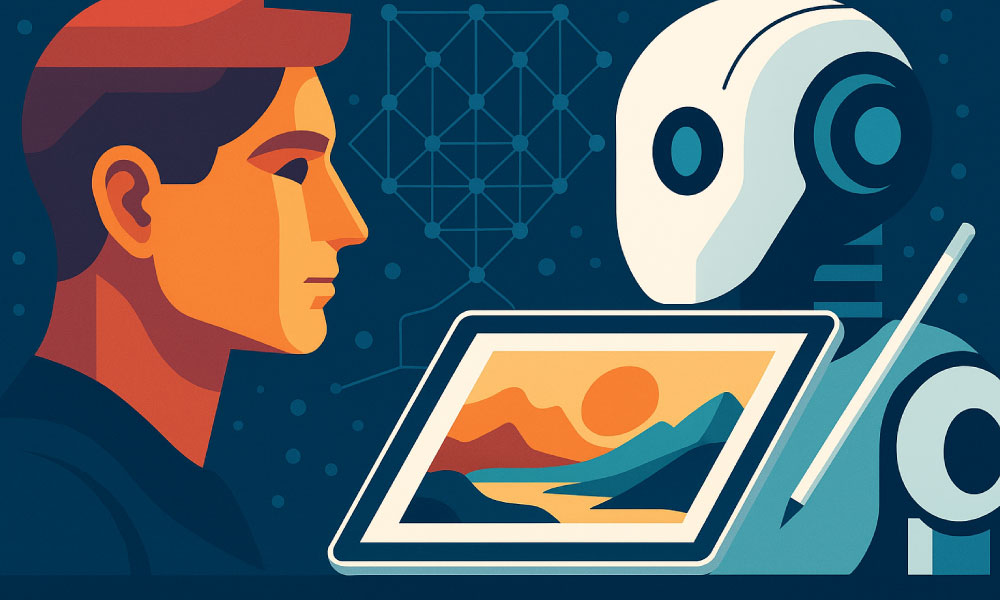
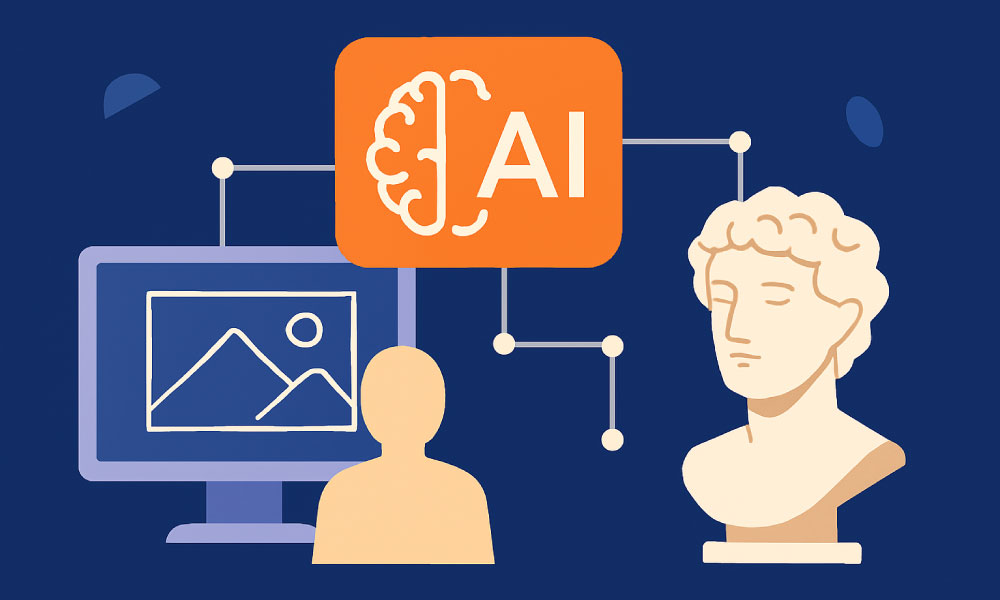
What is AI-Generated Art?
AI-generated art refers to visual content created with the help of artificial intelligence tools that use machine learning models, such as generative adversarial networks (GANs) or transformers, to produce original artwork. These models are trained on massive datasets of images, learning styles, structures, and aesthetics from millions of samples to generate new compositions.
Popular AI art tools include:
- DALL·E by OpenAI
- Midjourney
- Stable Diffusion
- Runway ML
- Adobe Firefly
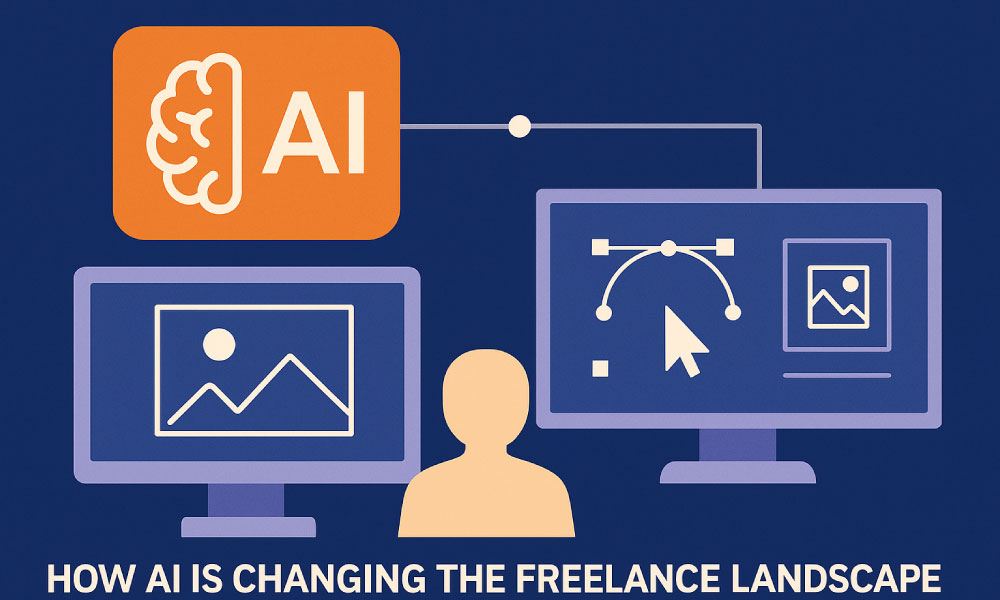
How AI is Changing the Freelance Design Landscape
1. Faster Conceptualization
- Quickly explore visual directions
- Experiment with unique styles
- Generate mood boards or design references rapidly
Use Case: A client wants a surrealistic logo or background artwork. Instead of creating multiple mockups from scratch, a freelancer can use AI to generate visual variations for initial feedback.
2. Increased Accessibility to Design
For non-designers, AI tools provide access to professional-looking visuals without the need for advanced technical skills. This can empower small businesses and entrepreneurs to create quick visuals—but it also means freelancers must evolve to remain competitive by offering strategic and customized services that AI can’t replicate.
3. New Creative Roles
- Creative directors who guide the AI
- Prompt engineers who refine inputs to get desired outputs
- Editors and polishers who improve AI-generated art to match brand tone, cultural context, or emotional resonance
4. Cost Efficiency for Clients
- Faster turnaround times
- Lower prototyping costs
- Broader stylistic options without committing to lengthy revisions
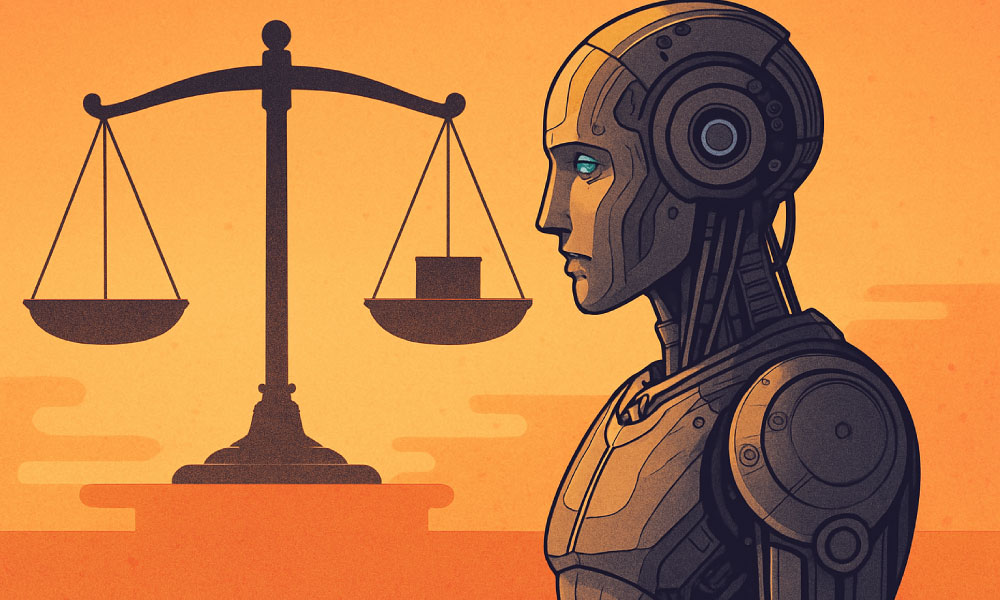
Ethical Considerations and Challenges
1. Copyright and Ownership
2. Authenticity and Artistic Voice
3. Job Security Concerns
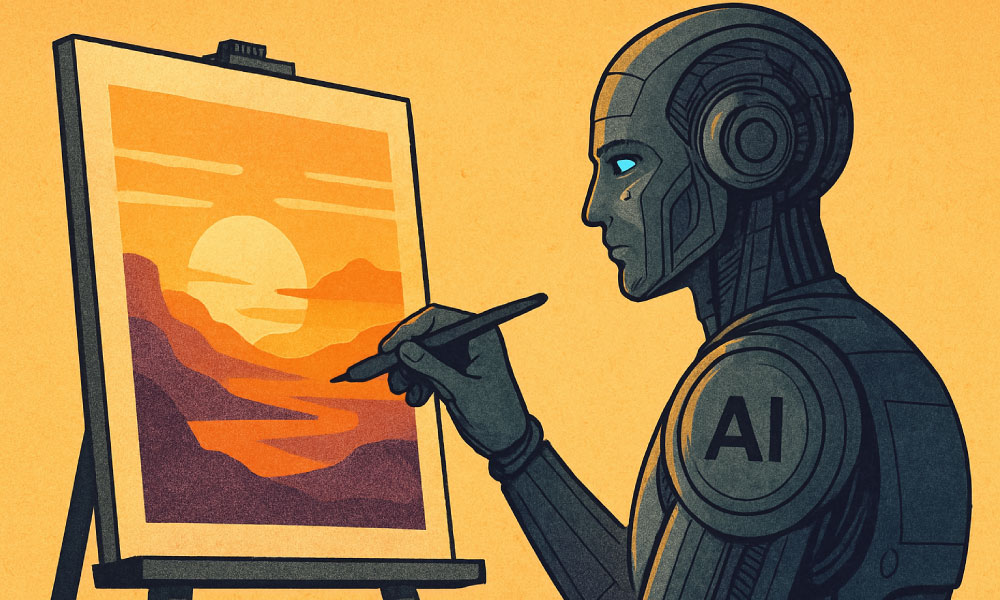
The Future of Freelance Design with AI
AI-generated art is not an endpoint—it’s a new creative tool. Designers who learn to collaborate with AI, rather than compete against it, will thrive.
Future trends may include:
- Integrated AI features in all major design platforms (Adobe, Figma, Canva, etc.)
- Designers selling AI-trained style models or prompt templates
- Hybrid workflows combining human design and AI precision
- More clients expecting AI-assisted turnaround speed, especially in fast-moving industries
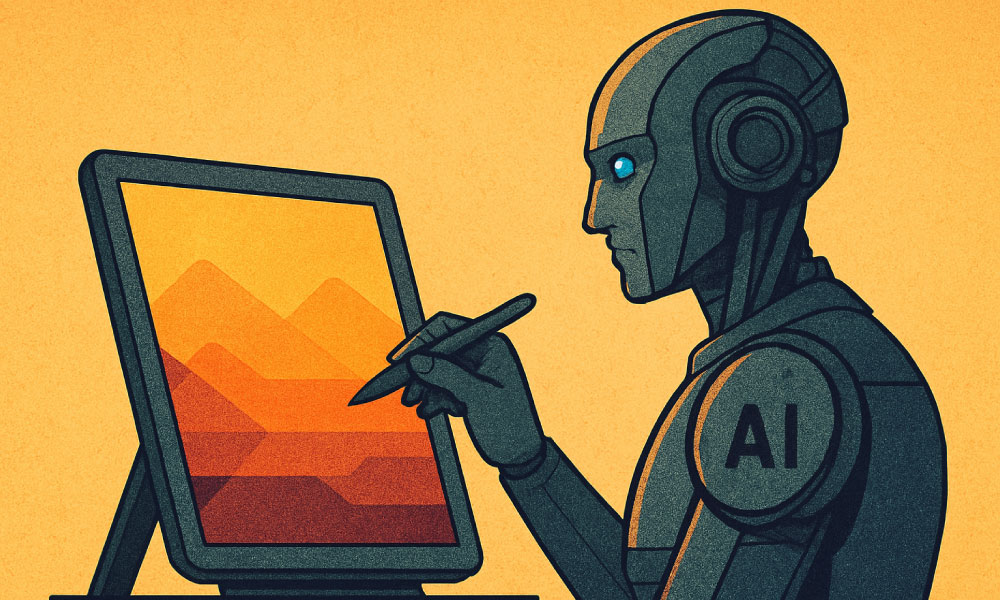
Tips for Freelance Designers Embracing AI
1. Learn the Tools
2. Master Prompt Writing
3. Stay Original
4. Be Transparent
5. Keep Learning
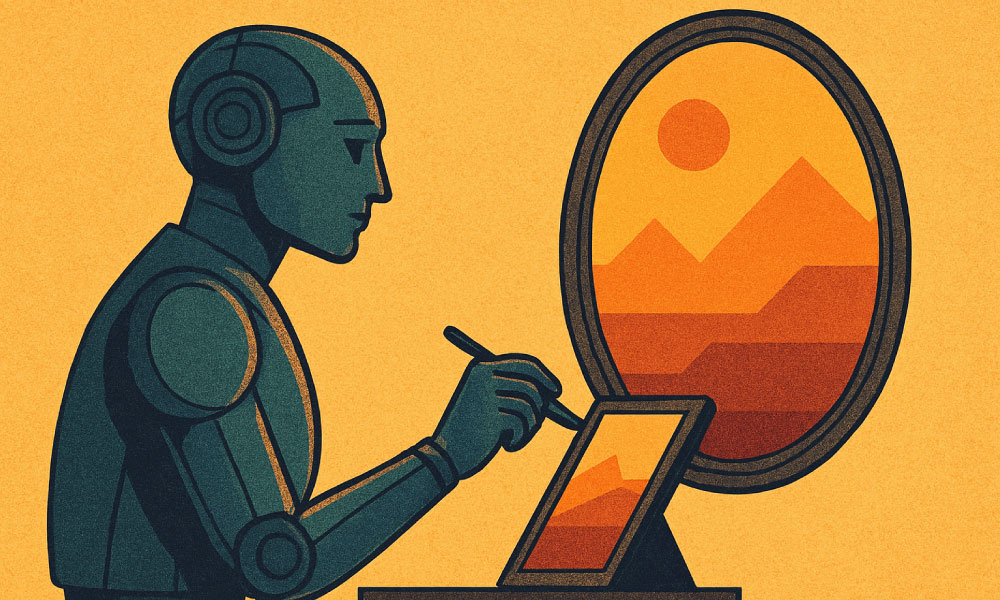
Final Thoughts
AI-generated art is transforming freelance design—not by replacing designers, but by changing how they work. For freelancers, this is an opportunity to become faster, more versatile, and more innovative than ever before.
Clients still crave authenticity, strategy, and storytelling—things only humans can fully provide. So if you’re a designer wondering whether AI is a threat or a tool, the answer is clear: it’s a tool, and it’s time to sharpen it.
